Choosing the suitable roofing material for your home can feel overwhelming with so many options available. While traditional choices like asphalt shingles, metal, and tiles are common, rubber roofing has emerged as a popular alternative with unique advantages. If you’re trying to decide between rubber roofing and more conventional materials, this guide from the best residential roofing company will help you weigh the pros and cons to make an informed decision.
Understanding Rubber Roofing
Rubber roofing, often made from a synthetic material called EPDM (ethylene propylene diene terpolymer), is a durable, flexible, and weather-resistant option. It’s typically available in rolls or sheets, which makes it ideal for flat or low-sloped roofs. Rubber roofing has been used in commercial buildings for years but is becoming increasingly popular in residential settings.
Traditional Roofing Materials
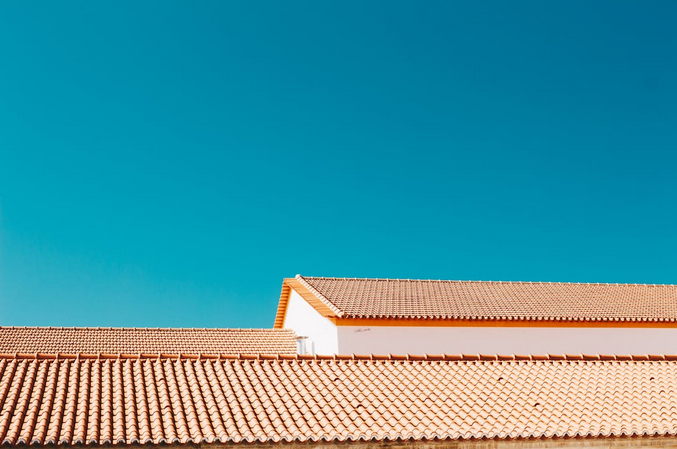
Let’s briefly touch on some of the traditional roofing materials:
- Asphalt Shingles: The most common roofing material, asphalt shingles are affordable, easy to install, and come in various colors and styles.
- Metal Roofing: Known for its longevity and durability, metal roofing is resistant to extreme weather and is often made from aluminum, steel, or copper.
- Clay or Concrete Tiles: These heavy-duty tiles are incredibly durable and offer a distinct aesthetic, often associated with Mediterranean or Southwestern-style homes.
- Wood Shingles or Shakes: Made from cedar, redwood, or other types of wood, these shingles offer a natural look but require more maintenance to prevent issues like rot or insect damage.
Durability: How Does Rubber Roofing Compare?
Durability is a key factor when choosing a roofing material. Rubber roofing is highly durable, with a lifespan of 30 to 50 years when properly maintained. It’s resistant to extreme weather conditions, including heavy rain, snow, and UV rays, making it an excellent choice for areas with diverse climates.
In comparison:
- Asphalt Shingles typically last 15 to 30 years. However, they can be damaged by high winds and may need more frequent repairs.
- Metal Roofing offers excellent durability and a lifespan of 40 to 70 years. It’s resistant to fire, rot, and insect damage but can be noisy during heavy rain or hailstorms.
- Clay or Concrete Tiles are highly durable and have a lifespan of 50 to 100 years. However, they are heavy and may require additional structural support.
- Wood Shingles or Shakes: Generally last 20 to 40 years but require regular maintenance to protect against moisture and pests.
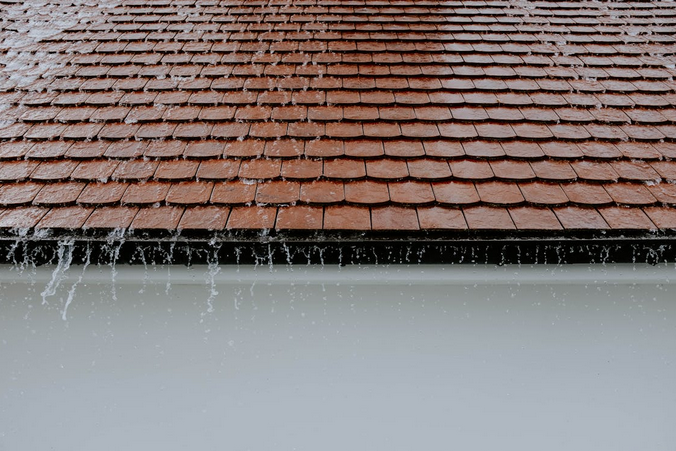
Cost Considerations
Cost is another critical aspect to consider. Rubber roofing is generally more expensive than asphalt shingles but less costly than metal or tile roofing. The initial investment may be higher, but the long-term savings from reduced maintenance and repairs can make rubber roofing a cost-effective option.
Here’s a general comparison:
- Asphalt Shingles: $3.50 to $5.50 per square foot installed.
- Rubber Roofing: $6.00 to $10.00 per square foot installed.
- Metal Roofing: $7.00 to $12.00 per square foot installed.
- Clay or Concrete Tiles: $10.00 to $20.00 per square foot installed.
- Wood Shingles or Shakes: $6.50 to $11.00 per square foot installed.
Environmental Impact
For those concerned about sustainability, rubber roofing stands out as an eco-friendly choice. Most rubber roofing is made from recycled materials. At the end of its lifespan, it can be recycled again. It also offers excellent insulation properties, which can help reduce energy consumption in your home.
In comparison:
- Asphalt Shingles: Not exceptionally eco-friendly. They’re petroleum-based and difficult to recycle, contributing to landfill waste.
- Metal Roofing: Highly recyclable and energy-efficient, making it a good option for eco-conscious homeowners.
- Clay or Concrete Tiles: Made from natural materials and can be recycled, their production process is energy-intensive.
- Wood Shingles or Shakes: These are renewable resources, but the treatment process to make them weather-resistant can involve chemicals.
Choosing the right roofing material depends on your specific needs, budget, and aesthetic preferences. Rubber roofing offers excellent durability, energy efficiency, and environmental benefits, making it a strong contender for many homeowners. However, traditional materials like asphalt …

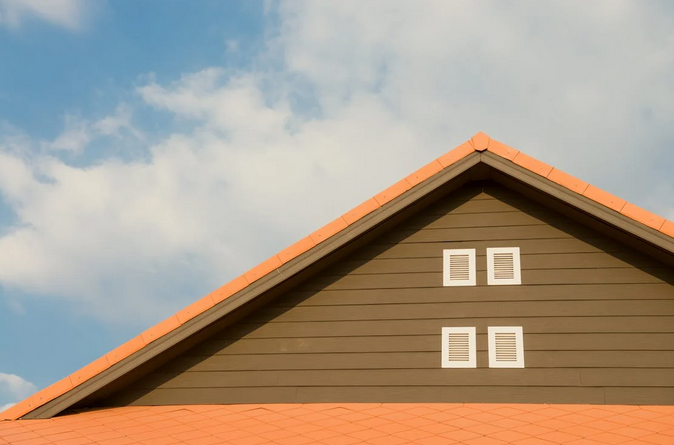
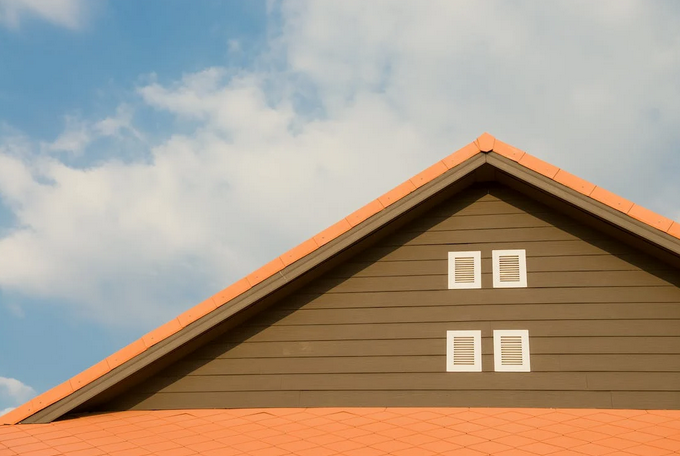

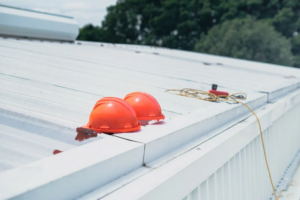 Insulation is an often overlooked aspect of DIY roofing projects, but its importance cannot be emphasized enough. Many homeowners make the mistake of neglecting insulation or not giving it the consideration it deserves. This can have serious consequences for both your comfort and energy efficiency.
Insulation is an often overlooked aspect of DIY roofing projects, but its importance cannot be emphasized enough. Many homeowners make the mistake of neglecting insulation or not giving it the consideration it deserves. This can have serious consequences for both your comfort and energy efficiency.
 Before hiring a contractor, it’s essential to make sure they are licensed and insured. It will protect you if something goes wrong with the project. A licensed contractor will also have more experience and better handle your roofing project.
Before hiring a contractor, it’s essential to make sure they are licensed and insured. It will protect you if something goes wrong with the project. A licensed contractor will also have more experience and better handle your roofing project.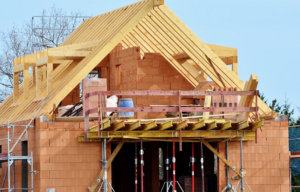 A good roofing contractor should provide a warranty on their work. It will ensure that you are covered in the event of any issues with the new roof. It’s essential to ask the contractor about their warranty policy before hiring them. Hence, you know what to expect if something goes wrong. It’s also important to ask about their warranty policy, so you know what will happen if there are any issues after completing the project. Some contractors offer a lifetime guarantee on materials used in your roofing project. In contrast, others may provide a one-year warranty. So, be selective on it.
A good roofing contractor should provide a warranty on their work. It will ensure that you are covered in the event of any issues with the new roof. It’s essential to ask the contractor about their warranty policy before hiring them. Hence, you know what to expect if something goes wrong. It’s also important to ask about their warranty policy, so you know what will happen if there are any issues after completing the project. Some contractors offer a lifetime guarantee on materials used in your roofing project. In contrast, others may provide a one-year warranty. So, be selective on it. The best way to choose a roofing contractor is by meeting with them in person. It will give you a chance to ask them any questions you have and feel for their personality. It’s also essential to check their references and see any before and after pictures of previous projects. By meeting with the contractor, you can be sure that you are making the right decision for your home.
The best way to choose a roofing contractor is by meeting with them in person. It will give you a chance to ask them any questions you have and feel for their personality. It’s also essential to check their references and see any before and after pictures of previous projects. By meeting with the contractor, you can be sure that you are making the right decision for your home.